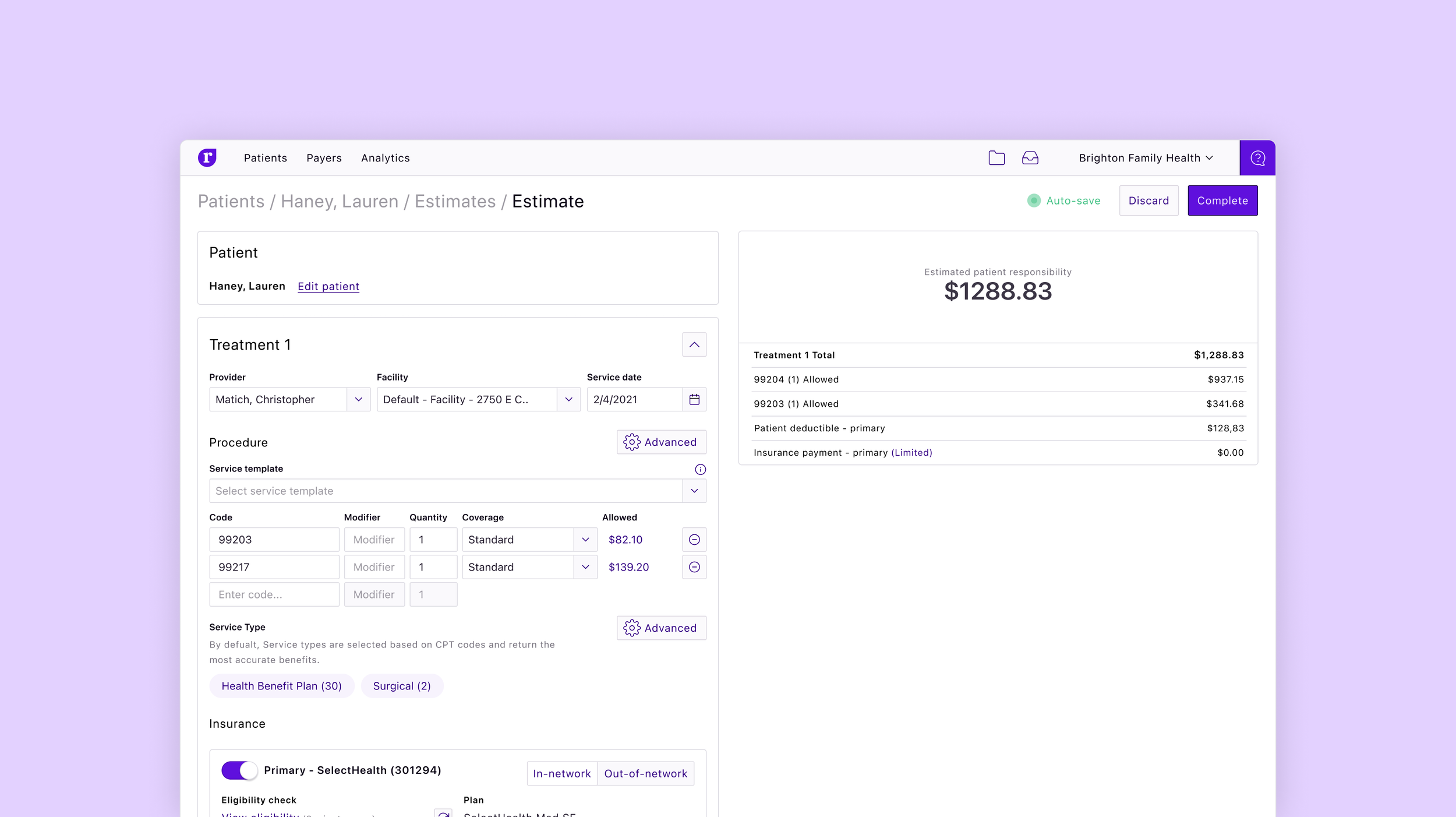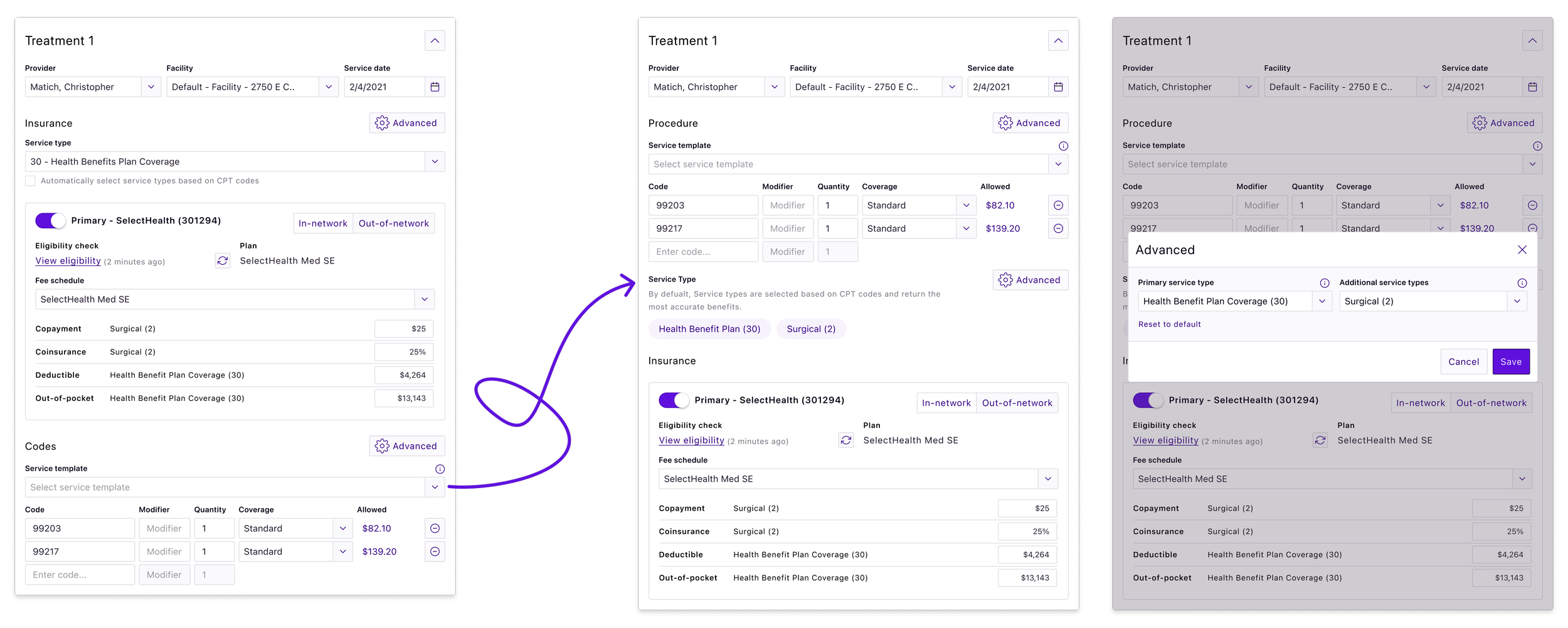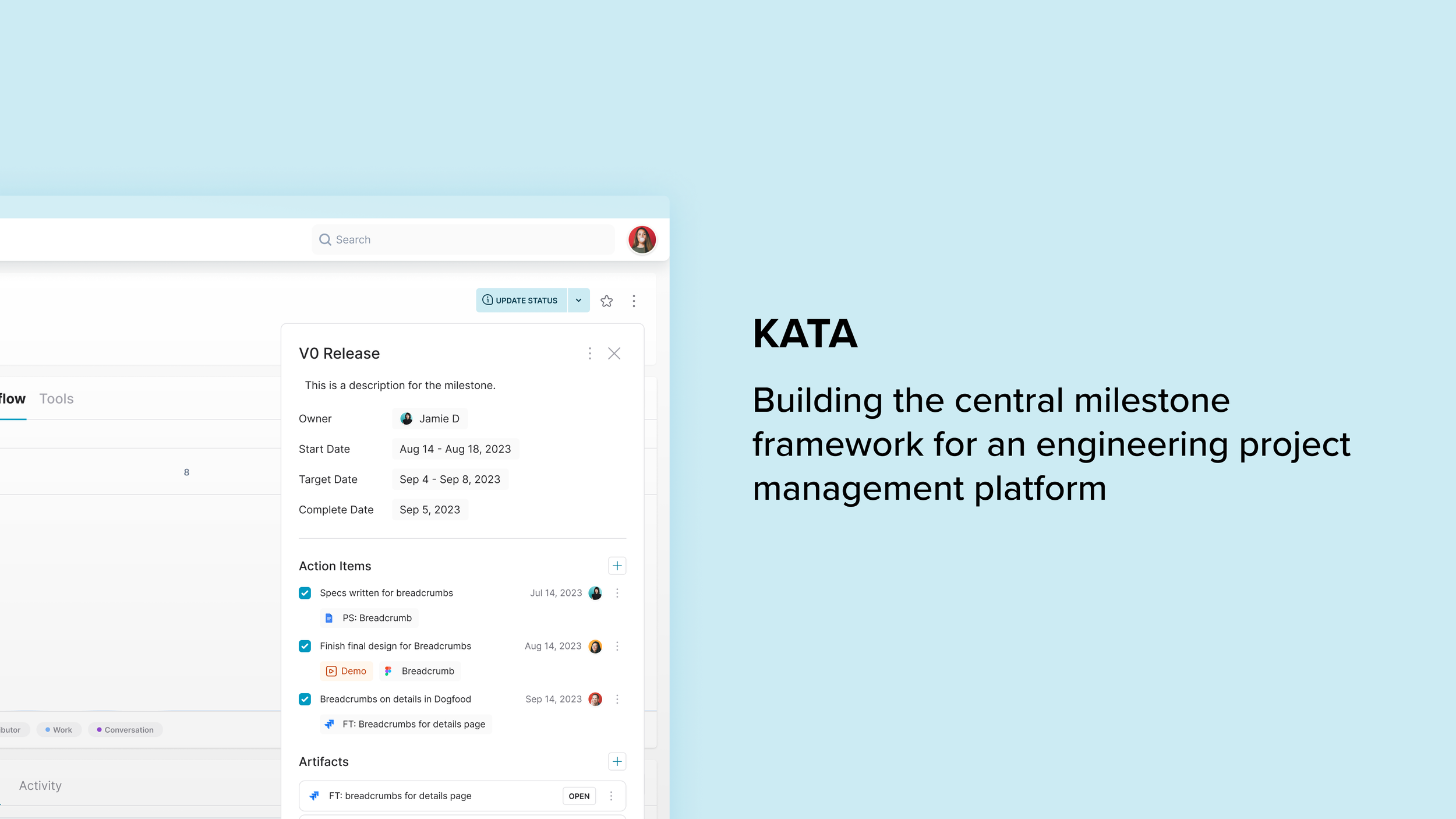2024
Improving User Adoption of Rivet’s Estimates Product
In-depth research project to help identify usability gaps in Rivet’s Estimates product that led to design and training updates resulting in increase in feature user engagement and less chats into customer support amongst users.
COMPANY
Kata
ROLE
Product Designer
PROBLEM & OPPORTUNITY
Low Adoption, User Confusion & A Market Opportunity
When I inherited Rivet’s Estimates product, it lacked a dedicated product manager or team, and user adoption was alarmingly low at just 32%. Senior leadership set a goal to boost adoption to 60%, but there was no clear path forward on how we would do that.
In addition, the 2021 Transparency Act would go into effect that mandated providers give patients estimates for procedures before they occur, there was a significant business opportunity to establish Rivet as the best-in-class patient estimate tool for providers.
RESEARCH
Uncovering the Root Causes
To diagnose the problem, I conducted user research with 12 front-office staff members from 6 different medical providers who regularly interacted with Estimates. Through interviews, I uncovered critical usability issues that were preventing adoption:
Confusing Service Types: 83% of users didn’t understand the difference between Primary Service Type and All Service Types.
Underutilized Auto-Selection: 50% of users ignored automatic service type selection because they didn’t understand what it did.
Disconnection Between Features: 33% felt that auto-selection didn’t align with CPT code sections, leading to mistrust.
Lack of Confidence in Benefits: 75% of users didn’t trust the auto-selected benefits, reducing adoption.
Our findings from interviews were then placed in a Lucid board and categorized by theme so that the team could easily analyze the problems our users were facing.
ANALYSIS
Prioritizing what matters
Faced with multiple issues, I used a Severity Framework to rank them based on impact and effort. Collaborating with Product and Engineering, we decided to focus on changes that would rebuild user trust and streamline the workflow while aligning with business needs.
SOLUTION
Designing a More Intuitive Experience
To resolve the usability challenges, I designed and tested key improvements:
Simplified Service Type Selection: Reduced decision-making by prioritizing auto-selection based on CPTs for greater accuracy.
Improved Benefit Visibility: Clearly displayed benefits to reinforce trust in the auto-selection process.
Flexible Controls: Introduced an advanced settings option for users who preferred manual selection.
I moved the codes section up to better match the user’s workflow when creating an estimate. Additionally, I simplified the Service Type section by pre-selecting it based on the procedure codes provided by the provider, eliminating the need for manual selection.
USER TESTING
Validating the Solution with Users
To ensure our solutions met user needs, we conducted usability testing with five participants from our initial research group. Results showed:
Users trusted Rivet more when service types were auto-selected with clear descriptions.
Positive feedback on showing benefit details alongside auto-selected service types.
Some users requested an expanded list of benefit options, which informed future iterations.
OUTCOMES
Measurable Impact & Business Growth
REFLECTION












